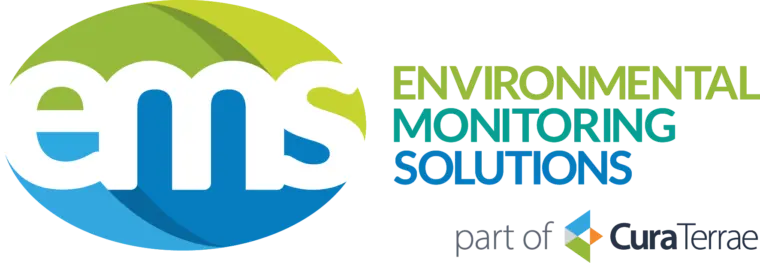What is the problem with nitrate in water?
27 January 2016
Nitrogen is essential for life and occurs naturally in water courses. But what happens when nitrogen levels get too high for a watercourse?
Where do nitrates come from?
Nitrogen is needed for all life and helps forms proteins and the DNA that is found in cells. There are a number of different forms of nitrogen; Plants get nitrogen in the form of nitrate and ammonium from water and soil by absorbing it. Animals can’t use nitrogen in nitrate form so get their nitrogen by eating these plants and other animals.
In water, organisms excrete waste, die and decompose, releasing ammonium. Ammonium is oxidised in the water to create nitrite and nitrate, a compound of nitrogen combined with oxygen. This is the type that can be absorbed by plants. Naturally, water courses have different levels of nitrogen. Other than naturally occurring nitrate, there are a number of man-made sources that can make their way into water courses. This can include septic systems, fertiliser runoff and improperly treated wastewater. These sources can deposit nitrogen into water courses or seep into groundwater and cause contamination.
What effects do increased nitrate levels have on watercourses?
When we look at water quality and nitrogen, we usually look at nitrate levels. In most water courses nitrate is the factor that limits plant growth. Add excess nitrogen to a water course and it will act as a fertiliser and cause plants and algae to grow excessively which will leave unstable levels of oxygen in the water. During the day, photosynthesis will generate oxygen but at night, oxygen levels can become very low as bacteria feed on dead and decaying plant matter. This can cause significant stress to fish causing them to leave the area or behave abnormally – potentially interfering with reproduction.
High densities of algae can also make it difficult for sunlight to penetrate very far into the water. Requiring sunlight to grow, these kind of conditions will cause algae at the bottom and plants underneath to die off and settle to the bottom of the water. Bacteria feeds on this decaying material, increase in numbers and consume more oxygen. This can lead to anoxia, which is a lack of oxygen in a water body due to excessive nutrients and is often deadly for other organisms in the water body. This process that causes excessive plant growth due to an increase in nutrients like nitrates is called eutrophication.
What can we do about it?
Nitrates are colourless and odourless so they can’t be detected without the use of testing equipment. Monitoring nitrate levels can give an idea of the scale of the problem and can be done in a watercourse or in a treatment works that may be having problems with nitrate levels. A great way to do this would be with an automatic sampler that collects regular samples of water which would then be sent for lab analysis for nitrates. Armed with this information, a treatment plant can ensure that nitrate levels are reduced to improve drinking water and watercourse quality.
Levels can become excessive, usually as a result of human activity. Unchecked, nitrates can cause a watercourse to be overcome by plants and algae which reduce oxygen levels, leaving the water body unable to support other life. It is imperative that treatment works treat effluent to a sufficient quality to ensure that it is not harmful to people or the environment.









